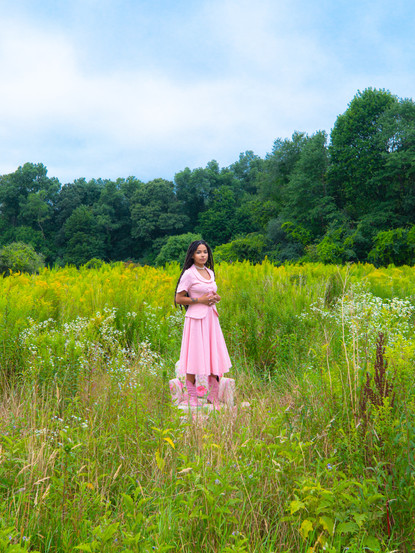Hello! My name is Shaun (Boston photographer) & I help Boston models book gigs, develop portfolios, & sign to agencies.
In this article, we’ll explore a photographer’s POV of…
What qualifies TFP/collaboration vs. a commission
What each phase of production requires
How to create a mutually-beneficial partnership to avoid being a freeloader!
TLDR:
A photographer is more likely to collaborate with you when labor is distributed equitably.
I've provided a cheat sheet on how to approach a collaboration. You will find etiquette guidelines, a production's labor breakdown, and ways you can contribute prior to reaching out to a photographer.DEFINING TERMS:
Time-for-print (TFP): A photographer & model (plus stylist, designer, creative director, retoucher, make-up artist, hair stylist, producer, and production assistant(s)) exchange labor for a project publication. In modern terms, TFP is synonymous with collaborations & the end goal is usually social media content.
Commission: A client hires a photographer for their services & expertise.
BEFORE REQUESTING A TFP/COLLAB
Did You Adhere to Common Niceties?
Do you follow the photographer?
Did you like any of their posts?
Did you check out their website?
Did you include their work in your mood-board?
Can you bring a videographer to film behind-the-scenes (BTS)?
Can you articulate what you enjoy about their portfolio?
Can you suggest an idea congruent with their style?
Ask Yourself:
Can I pose nonstop for 1 hour without *needing* direction & suggestions (not including compositional positioning)?
If so, you essentially employ the director role
Can I organize a team?
Production Assistants
Creative Director
Location Scouter
Set Designer
Stylists
If so, you essentially employ the producer role
Is there a publication prompt that complements the photographer’s portfolio?
If so, you essentially employ the producer role
Let’s break down examples of labor for the three production phases:
Pre-Production
Production
Post-Production
PRE-PRODUCTION:
Creative Direction
| Producing
|
Location Scouting
| Set Design
|
Styling
| |
PRODUCTION:
Photography
|
POST-PRODUCTION:
Edit
| Color grading
|
Designing
| Publishing
|
SEO
| |
PRODUCTION EXPENSES:
Equipment
| Operation
|
Production
| |
COMMISSION VS COLLABORATION…
A photographer will more likely collaborate with you when you proactively divvy up the labor. So if you approach them with a plan, you increase their receptivity to your request.
Photography is an expensive craft to operate, so technically there's no such thing as free work. In reality, the photographer funds the project. Commission your photographer if you'd rather not deal with all the logistics of a production.


























Comments